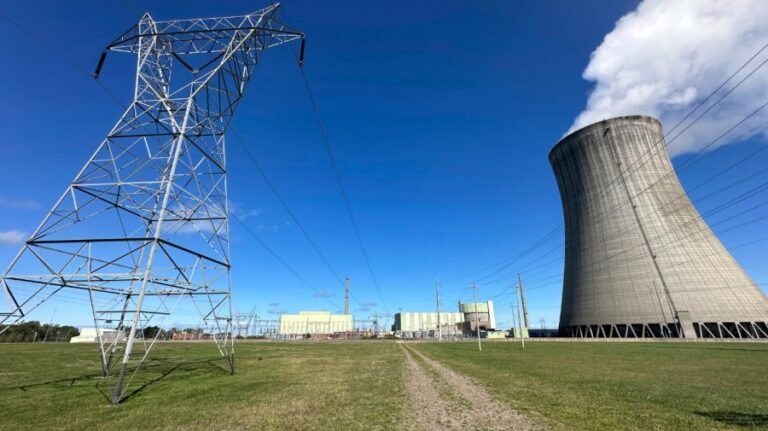Seeing private investors tripping all over each other to invest in AI, politicians have wrongly concluded that government should join the frenzy.
NVIDIA’s market cap soared past $5 trillion on AI demand, hardly a sign of underinvestment. Microsoft, Google, Amazon and Meta together poured $230 billion into AI infrastructure in 2024 alone, with plans to spend $325 billion this year. Venture capital is flooding into AI startups.
The Trump administration’s America’s AI Action Plan, released in July 2025, exemplifies this erroneous thinking. The plan directs agencies to mobilize federal financing tools and provide various subsidies for AI infrastructure, declaring that “Winning the AI race will usher in a new golden age of human flourishing.”
President Trump has signed executive orders directing the Commerce Department to provide “financial support, such as loans, grants and tax incentives” for AI data centers requiring over 100 megawatts of power.
The U.S. isn’t alone. Canada is allocating $2 billion for AI compute infrastructure, and the EU launched InvestAI to put $263 billion toward artificial intelligence investment.
But the very excitement driving these proposals suggests that private markets are already working well. Subsidies make sense only when private markets systematically underfund something society needs, not when they’re already pouring in capital.
Rigorous policy would identify specific costs or benefits that private investors can’t capture and target only those gaps. Instead, the AI Action Plan and executive orders take a scattershot approach, subsidizing everything from data centers to workforce training without demonstrating where private investment falls short.
A deeper question is whether the government can identify underfunded yet socially beneficial projects. Private investors risk billions of their own dollars, backed by domain expertise and rigorous due diligence. Politicians, in contrast, spread taxpayer money across regions and politically important interest groups. Betting taxpayer dollars on selecting winners when the private sector is already all-in is a recipe for inefficiency, not for innovation.
We have seen this before. The Obama-era push for solar manufacturing led to $535 million in loan guarantees for Solyndra, which collapsed into bankruptcy. Some defend this kind of failure as the price of taking risks on socially valuable industries, but that logic doesn’t apply to AI.
Unlike solar at that time, AI today is awash in private capital. Subsidies here aren’t addressing what some argue is an underfunded social goal. They simply pile taxpayer money on top of investments that private markets are already making on their own.
The government does, of course, have an important role to play in AI development. Concerns about the Chinese government dominating AI are real. But Chinese competition in AI is most relevant in military applications and cutting-edge research, not the commercial data centers that private investors are already racing to fund.
If subsidies are justified anywhere, it is in areas private markets are less likely to cover, like defense research, basic science and national security applications where private investors can’t capture the full benefits. Subsidizing profitable American companies to do what they’re already doing doesn’t meaningfully counter Chinese military AI development.
AI may indeed reshape the economy, but that’s exactly why policymakers need discipline, not subsidy sprees. Taxpayer dollars should go where private investors won’t — defense, basic research and security — not into data centers already awash in capital. The AI boom doesn’t need government handouts — it needs government restraint.
Scott Wallsten is president and a senior fellow at the Technology Policy Institute.


